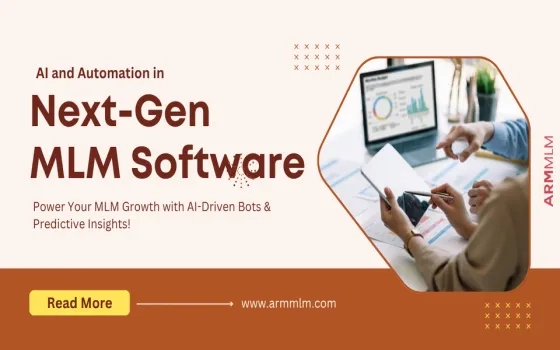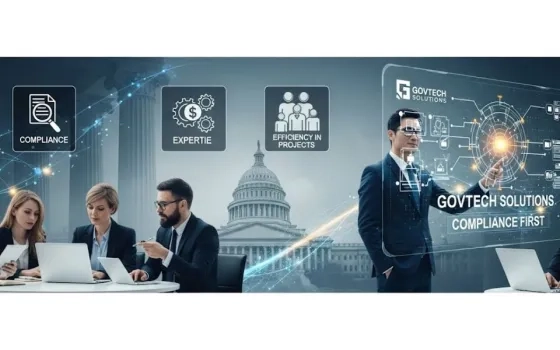Electric vehicles (EV) are not new. More than 100 years ago, two of the greatest innovators, Henry Ford and Thomas Alva Edison rolled out prototype EV’s on a Model-T cranking up a 20mph with a range of 50-100 miles on a single charge of nickel-iron batteries. It was the mass rollout of cheap, gasoline-powered Model-T in 1915 that shifted the focus onto Internal Combustion (IC), away from the EV.
What is guiding us to EV/Hybrid vehicles?
Some trivia on the Indian market:
- Growth of 10% pa in the number of registered vehicles against population growth of 3.8% pa.
- About 20 accident-related deaths-per-lakh against 200 deaths-per-lakh caused by air pollution (high CO, NO2, Pb-ppm levels).
- How does India move? 18% are on public transport, 12% on two-wheelers, 4% on cars, about 30% immobile (old age), the rest, on human/animal-powered vehicles (bicycles, rickshaw, etc.)
According to NITI Aayog, a government think-tank, 79% of vehicles on Indian roads are two-wheelers, while three-wheelers and cars account for 4% and 12% of the vehicle population, respectively.
The trend of motor vehicles (MV) powered by an IC engine is gravitating towards Hybrid/EV. Adoption of FAME2 (Faster Adoption and Manufacturing of Electric Vehicles) policy with a push for Hybrid/EV vehicle is a step in that direction.
There are teething problems, however, leading to a slow transformation: battery costs are prohibitive, weak supply chain, non-existent infrastructure capacity, high fossil-fuel density for energy needs, the balance of imports vis-a-vis exports, slowing down & loss of jobs in the auto sector, etc.
Factors for EV adoption can be:
- Government intervention – target only 12 most urbanized metros for faster FAME2 adoption. We can draw inspiration from Beijing’s push to clean up air pollution right in time for the 2008 Olympics.
- Incentives, subsidies – dole for converting privately-owned/shared vehicles to EV. Recent slashing of GST on EV’s to 5% is encouraging.
- Sustained long-term policies – manufacturing, charging infra, sustainability, etc.
- Pedal power – increased awareness.
Mitigate exorbitant battery costs through mass adoption and volumes. Demand should be created for the lowest hanging fruit i.e. EV for two-wheelers first. Volume creation can taper imports and increase localization. This also helps drive innovation in battery technologies. There are about 1 million e-rickshaws currently sold with 100% indigenized production.
Operating and business models have to evolve. Auto-manufacturers and distributors have started looking into models like sharing, renting/lease (ride-hail), and short-duration ownership with minimal Capex. Revving up of charging infrastructure is a high priority. The most convenient fact is that the average vehicular speed on Indian roads is currently at 20kmph in urban areas. On any given day, 70% of these MV’s clock less than 5kms range and 10% clock more than 16kms. Standardization of battery size/slots and adoption of a B2C model for setting up of a charging infra and decentralized B2B model for battery swapping can help overcome ownership issues.
Focus on job reskilling in the electric drivetrain, motor manufacturing, and related technologies like AI, Telematics, and Battery Management System (BMS) for capacity building.
Environmental damage due to Lithium-ion is misplaced. So is, the psychosis of dirty energy needs to power the EV.
- Revisit e-waste policies: The current battery life is 3-5yrs for two-wheelers and 7-8yrs for four-wheelers. With a policy of clean-tech cycle i.e. “use-recycle-stationary application”, we can extend the shelf life of the battery to 15yrs as is currently done in the West.
- Renewable energy constitutes 35% of the total installed capacity (360 GW). With a 75% share (y-o-y) of renewables in newly installed capacity and a target of 175 GW renewable by 2022, India can well be on its target to be carbon-free by 2050.
Both IC and EV can coexist. However, a recent Daimler report is an indication of the writing on the wall –
“Plugs are pulled on IC engine evolution.”
Most auto companies have already taken this cue with a massive realignment of their R&D and Production to EVs. The synergies between the industry, government, and consumers can lead to a successful overhaul.
Read here for more insights: NASSCOM Community



















Comment